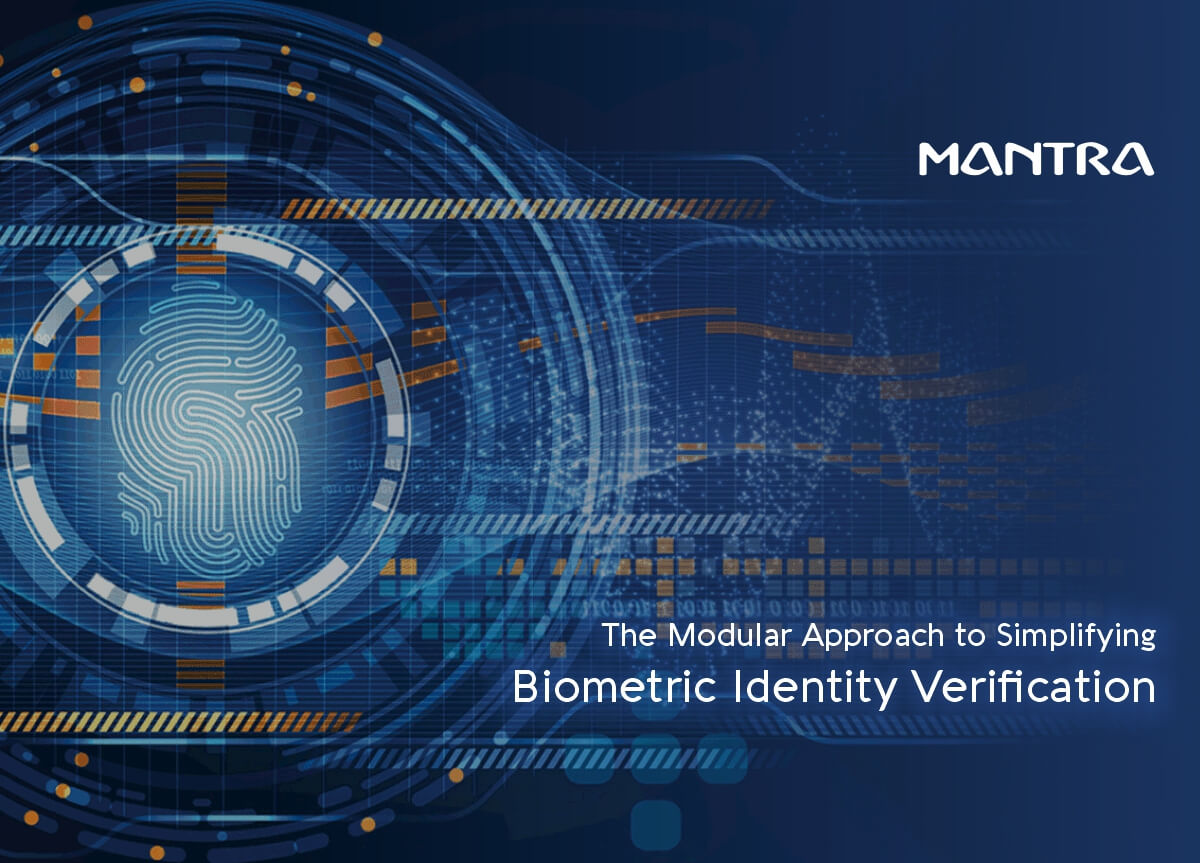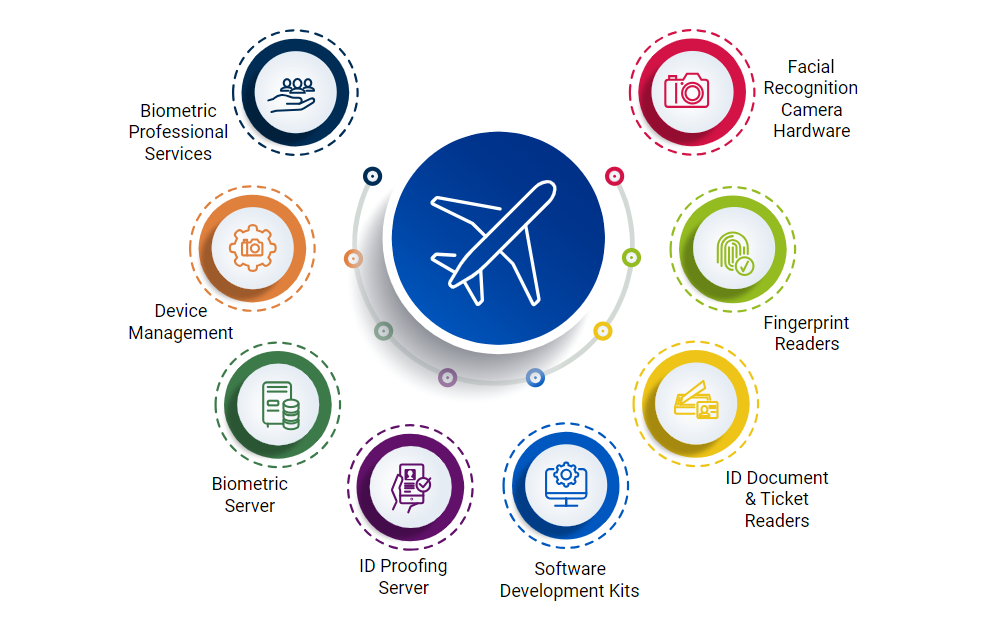
Identity verification must be secure and efficient in today's digital world. A modular approach to biometric identity verification emerges as a game changer as businesses and organizations increasingly rely on biometric authentication methods. In this blog article, we will look into biometric modular technology and how it streamlines identity verification while increasing security.
Biometric Identity Verification's Evolution
Passwords and PINs, for example, have long been known to be vulnerable methods of identity verification. Biometric authentication systems, such as fingerprint scanning, facial recognition, and iris scanning, provide a more secure and convenient option. These approaches rely on distinct physical or behavioral characteristics, making illegal access extremely difficult.
However, deploying biometric identity verification systems can be complicated and costly, necessitating extensive hardware and software integration. This is where biometric modular technology enters the picture.
Understanding Biometric Modular Technology
Biometric modular technology entails disassembling biometric identity verification systems into smaller, compatible pieces. Sensors, algorithms, and data storage are examples of such modules. Organizations can design a more flexible and adaptable verification system by separating these components.

The Key Advantages of a Modular Approach
Scalability: Organizations can start small and eventually develop their biometric verification system with a modular approach. This eliminates the need for large initial investments, making it affordable to organizations of all sizes.
Interoperability: Modular components fit easily into existing systems, ensuring compatibility with a wide range of hardware and software solutions. This adaptability is especially beneficial for enterprises with different technology infrastructures.
Improved protection: Biometric modular technology enables enterprises to continuously update and improve individual components, resulting in improved protection against evolving threats. This flexibility is critical for maintaining a reliable authentication system.
Cost-Efficiency: A modular strategy can greatly minimize implementation and maintenance costs by avoiding the need for a total system overhaul. Organizations can better allocate resources.
Real-Life Applications
1. Financial services
Modular biometric technology is being used by banks and financial institutions to improve the security of their services. Customers may now use a simple fingerprint scan to access their accounts and authorize transactions, minimizing their dependency on traditional security measures such as passwords.
2. Healthcare
Patient identification is crucial in healthcare for accurate record-keeping and treatment. Modular biometric solutions are being utilized to simplify patient check-ins, ensuring that the correct patient receives the correct care while protecting data privacy.
3. Government and Law Enforcement
Biometric modular technology is used by government agencies and law enforcement to improve border security and criminal investigations. Facial recognition modules, for example, can instantly identify people of interest, so boosting public safety.
Challenges and Considerations
While biometric signatures provide numerous benefits, there are also challenges and factors to consider:
Complexity of Integration: Integrating multiple biometric modules into an existing system may necessitate technical skill. To avoid disruptions, organizations should carefully plan the integration process.
Biometric Identity Verification in the Future
The modular approach to biometric identity verification is projected to play a vital role in shaping the future of authentication as technology advances. Businesses and organizations can better respond to the ever-changing landscape of identity verification thanks to its scalability, interoperability, and greater security.
Finally, biometric modular technology is making it easier to establish biometric identity verification systems. Its adaptability and low cost make it an appealing alternative for enterprises wishing to improve security while streamlining authentication operations. As biometric modular technology becomes more widely used, it offers a more secure and user-friendly future for identity verification.
Implementing biometric verification is an important step toward protecting your organization's data and ensuring that only authorized individuals have access to sensitive information. Adopting a modular approach to biometric identity verification is not only a wise business move, but it is also an important step in protecting your digital assets.
The ways we employ to authenticate our identities will change as technology advances. Identity verification is modular in the future, and it is simpler and more safe than before.
Comments